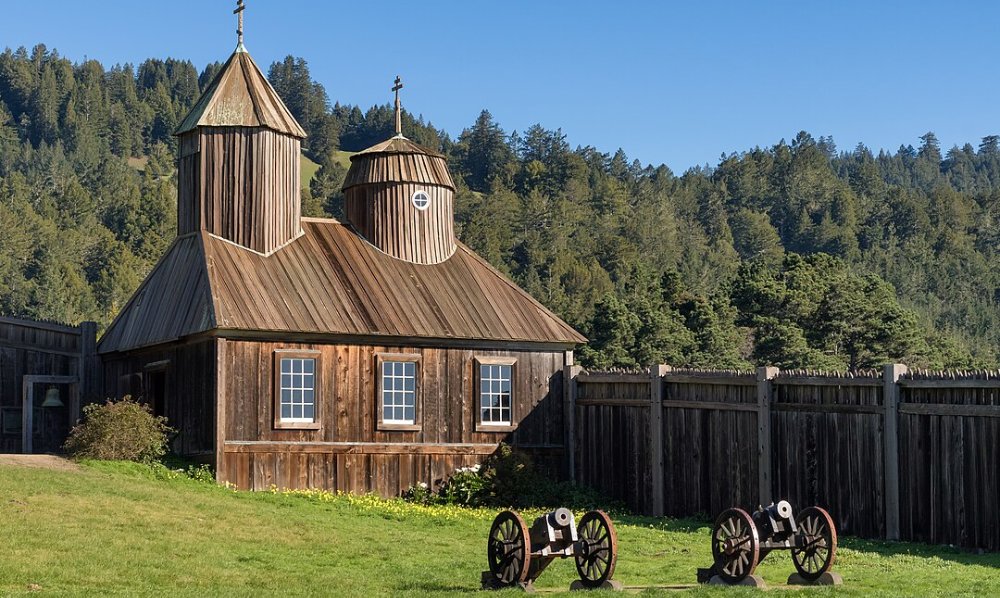Our Pacific Northwest attracted the attention of Russia’s Peter the Great when he worked as a ship’s carpenter on the docks of the East India Company in Amsterdam. Sailor’s tales filled the air, including stories of a “land beyond the sea” near the Kamchatka, or far Western, Peninsula. Upon his return home, Tsar Peter drew on the experience of foreign navigators.
Among the seafarers Peter consulted was Vitus Ivanovich Bering, a Dane who had been an East India Company sailor until he joined the Russian fleet as a sub-lieutenant. To Bering, the Tsar gave the first commission for the exploration of waters between Asia and North America.
In 1725, the task of getting from St. Petersburg across Siberia mid-winter presented a greater problem than building and launching the ships that would take Bering to America. From Kamchatka, Bering followed the coast northward through impenetrable fog past St. Lawrence Island. On his second expedition in 1733, Bering packed his crew with twelve physicians, seven priests, plenty of carpenters, bakers, and for security, fearsome Cossacks.
Scurvy, tussles with Native Alaskans, rain and sleet, and barren rocky landfalls did not discourage the old mariner. However, the relentless barrage of nature eventually called the tune. Bering and his crew drifted without sufficient rations or water during much of 1741. Finding refuge in mud huts, or “yurts,” on islands near the Siberian coast, the men died one at a time. Bering succumbed on December 8, 1741. He is buried on a nearby hillside, where a cross stands today.
It is said that Bering dispelled the myth of the Northwest Passage. The coast of Japan and the Arctic coast of Asia were charted by his crew. And the cost? Selling the furs found in this vast country for a single year more than reimbursed all that Russia spent to discover it and all that the United States later paid to own it.
Following Bering’s discovery of sea-otter riches, an almost endless train of adventurers and brigands struck out from Asia for North America with wild dreams of staggering wealth. Many crew members were hardened criminals. Also, the sometimes flimsy ship construction, hewed from green Kamchatka forests, sent everything to the bottom.
Survivors of these escapades often moved in with Aleuts, taking Native wives, changing their hosts’ names to Russian, and dominating the traditional mores and habits of the original inhabitants.
These same plunderers often seized Native families as hostage to furs and other booty. Sometimes the husbands and fathers of women held aboard ship were shot upon delivering their tribute. One story tells of poison being placed in the food of a Native village, where the men traditionally ate first.
In 1760, Betshevin, a ruthless Siberian merchant, over-played his hand. His crew ran amok, committing rape, murder, and in turn being killed by vengeful Natives. This ruckus also led to an Imperial decree putting an end to free trade among Russian fur hunters to America. Peter the Great’s emissary, Vitus Bering, opened two great doors: one to the booty and adventure of a new part of the globe; the other to human imagination.
Bering’s explorations were followed by Mauritius Augustus, known both as Count Benyowsky and as the Polish Pirate; the English Captain James Cook; the American Robert Gray, credited with “discovering” the Columbia River; and of course Captain George Vancouver.
Discover more from Post Alley
Subscribe to get the latest posts sent to your email.
